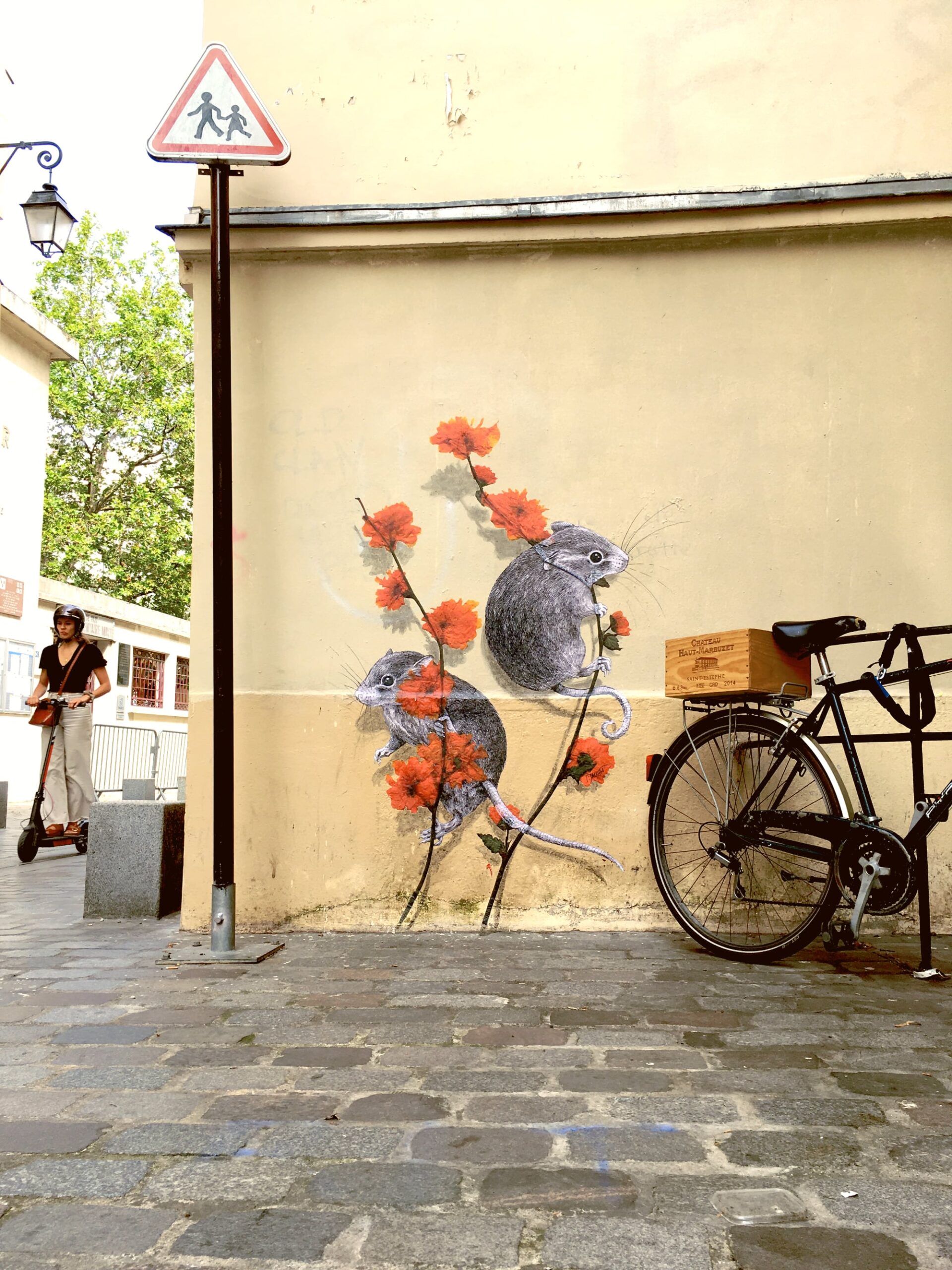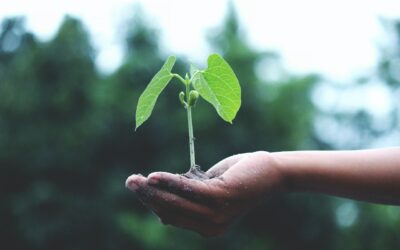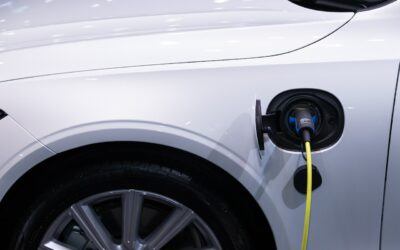This post was originally published on Colossal

All images © Steeven Salvat, shared with permission
Sprouting between windows and tucked around corners, Steeven Salvat’s wheatpastes add a dose of natural history to everyday urban life. The French artist has spent the last few years meticulously rendering gem- and mechanic-encrusted beetles and butterflies, amassing a vast insectarium that draws attention to the intersections of art, science, and history and underscores the preciousness of each creature.
During the last two years, though, Salvat has begun to consistently work outdoors and on walls, creating public pieces that capture his painstaking linework on a larger scale. Whether painted in acrylic or slathered with wheatpaste, the realistic renderings are similarly detailed and delicate, conveying the smooth fur of a field mouse or the fluffed plumage of a bird mid-flight. Many of his recent works, part of the ongoing Petite Nature project, pair renditions of oversized dried flowers with tiny creatures “to awaken awareness on the fragility of ecosystems such as grasslands and natural water points, often sacrificed in the name of urbanisation.”
In addition to the wall works, Petite Nature also features smaller drawings on paper, which will be on view in January at Le Cabinet d’Amateur in Paris. Salvat generously shares glimpses into his process on Instagram, and you can find originals, prints, and postcards in his shop.







Do stories and artists like this matter to you? Become a Colossal Member today and support independent arts publishing for as little as $5 per month. The article Finely Rendered Birds and Animals Cling to Dried Flowers in Steeven Salvat’s Wheatpastes appeared first on Colossal.





0 Comments